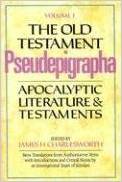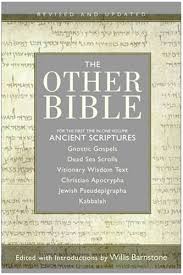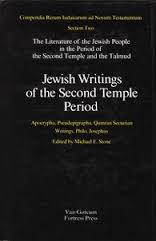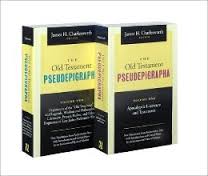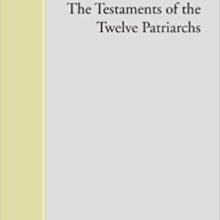Description
The writers of the Bible depended on other sources for much of their work. Some of these sources may be lost forever, but many have come to light in modern times. Known as the pseudepigrapha, they are made available here in English translation.
Format: Hardcover
Each book is introduced by its translator, who was asked to include certain types of information: texts, original languages, date, provenence, historical importaince, theological importance, relation to canonical and noncanonical works, cultural importance, about the translation, and a bibliography of selected works on the subject. Some translators have chosen to include less or more information as was appropriate, but these introductions are packed with information that is invaluable in reading the texts themselves. The texts have footnotes and marginal references. The footnotes are extensive in some cases and typically compare different source documents, offer alternative translations, and explain references in the text. Marginal references draw the reader’s attention to “significant parallels” in other biblical and apocryphal works.
